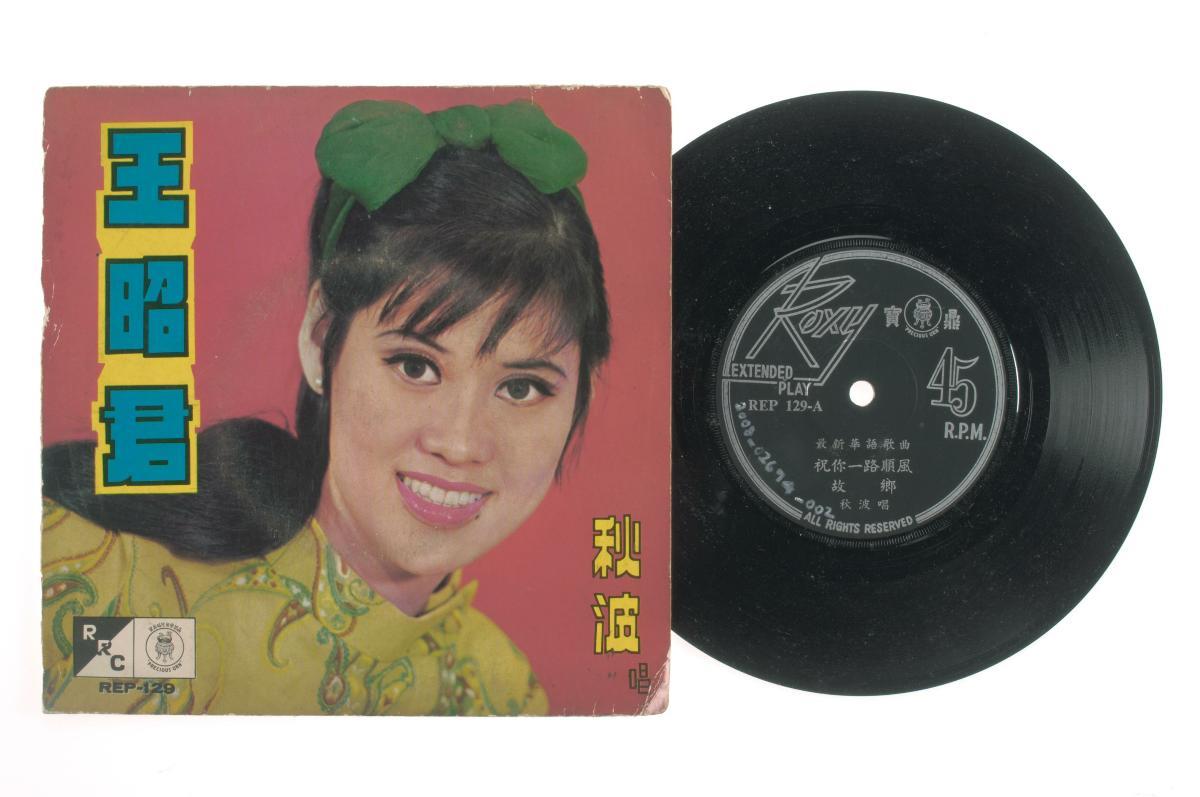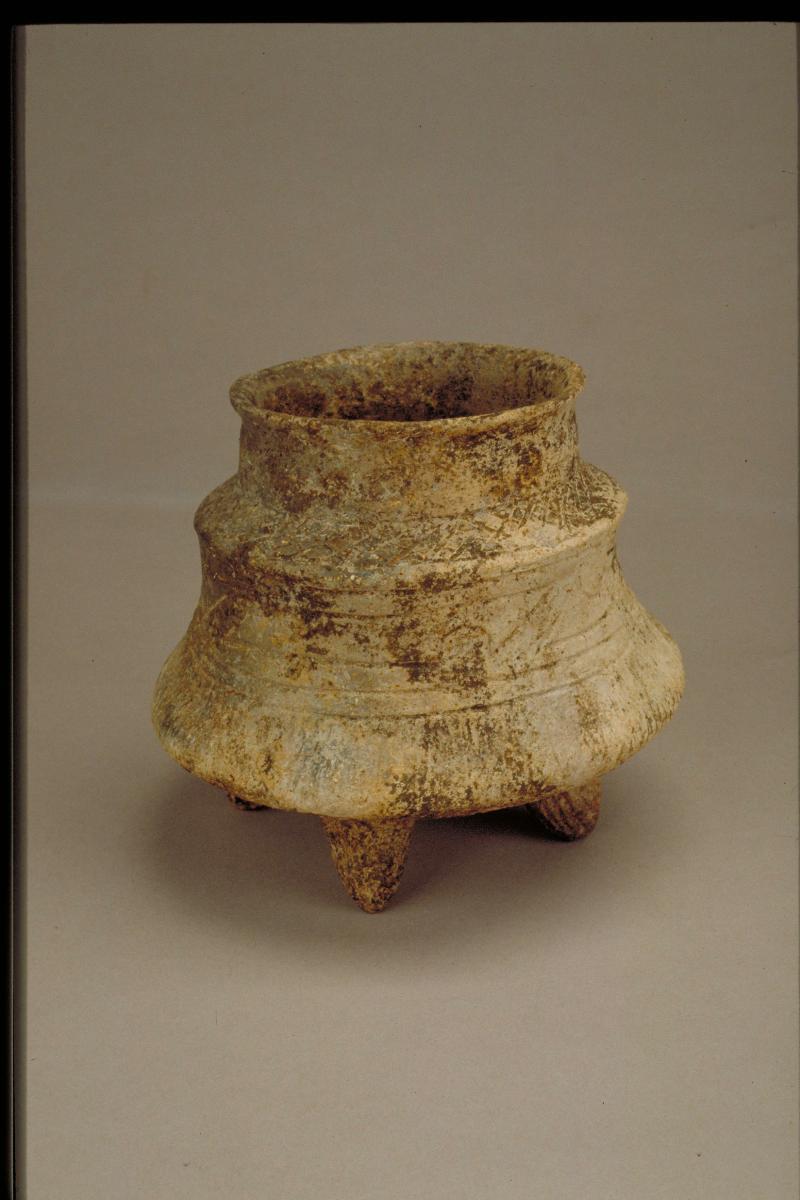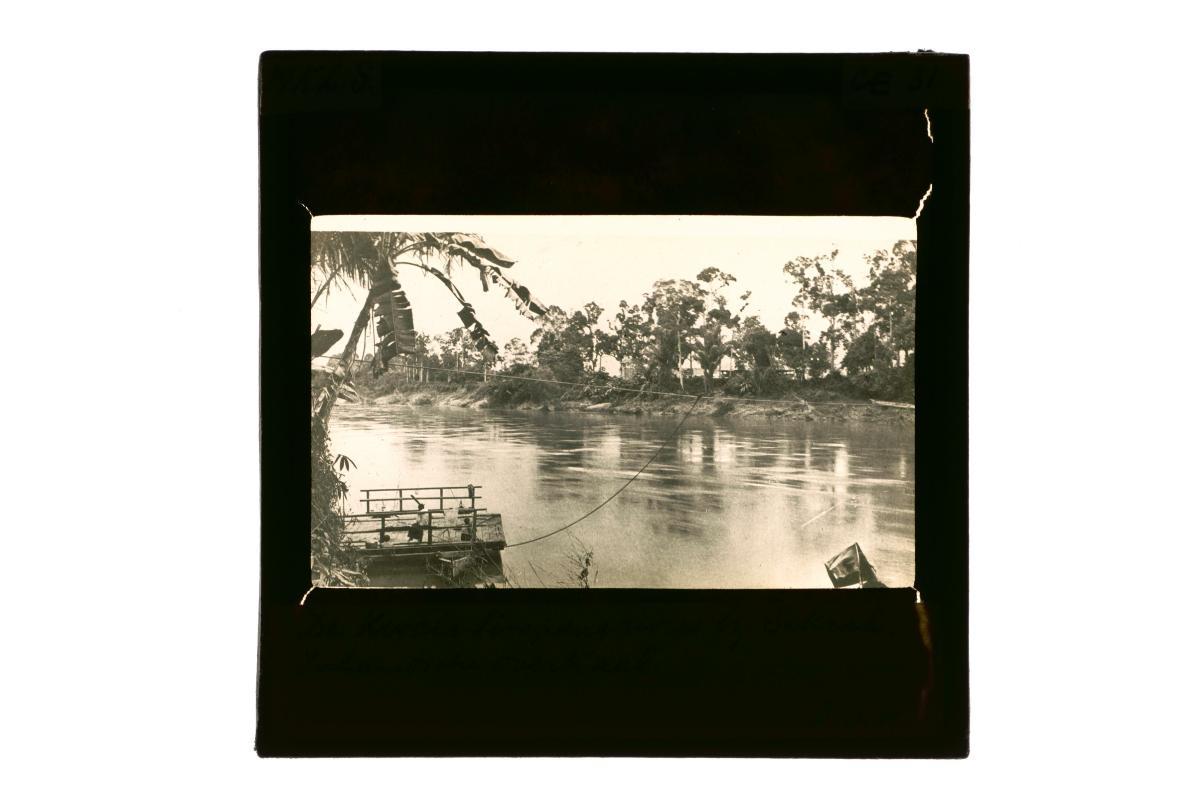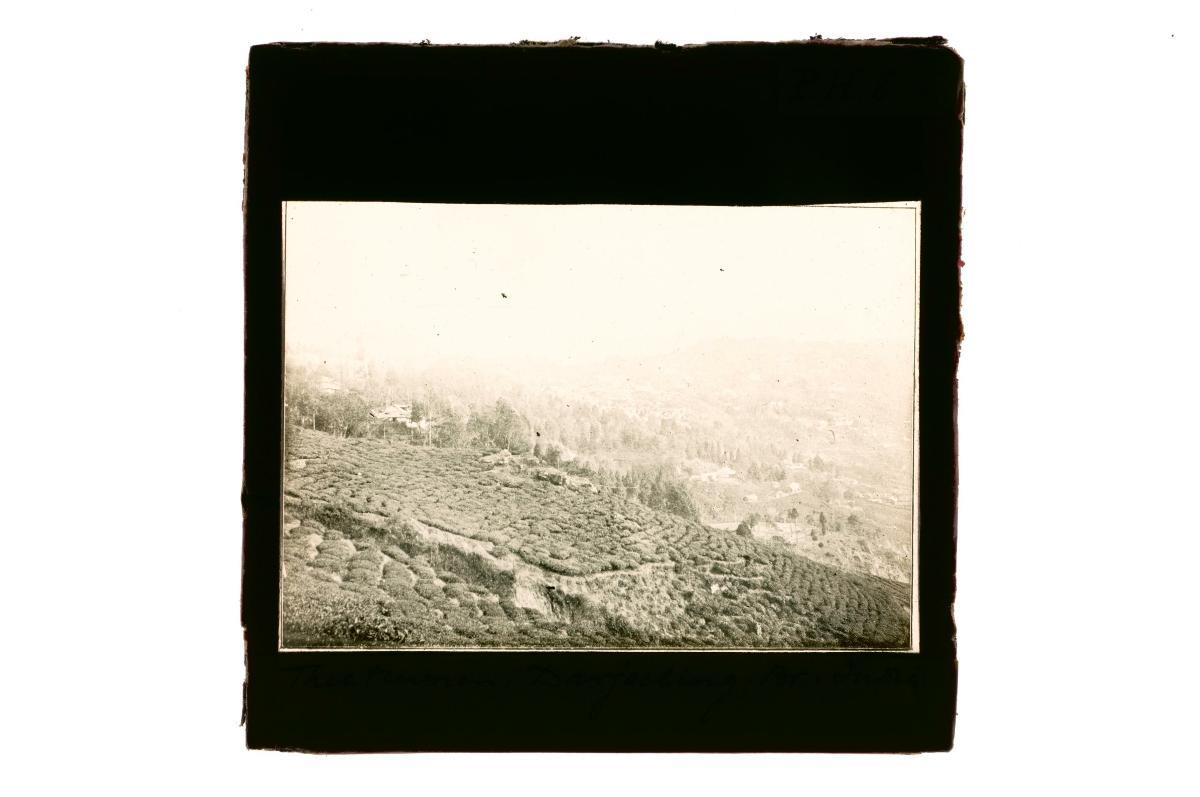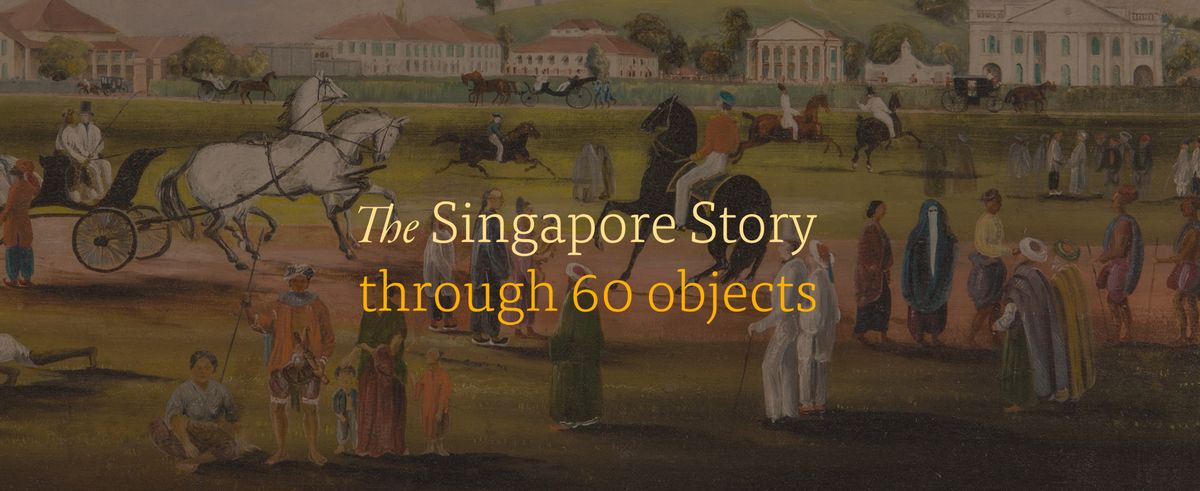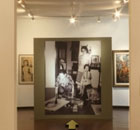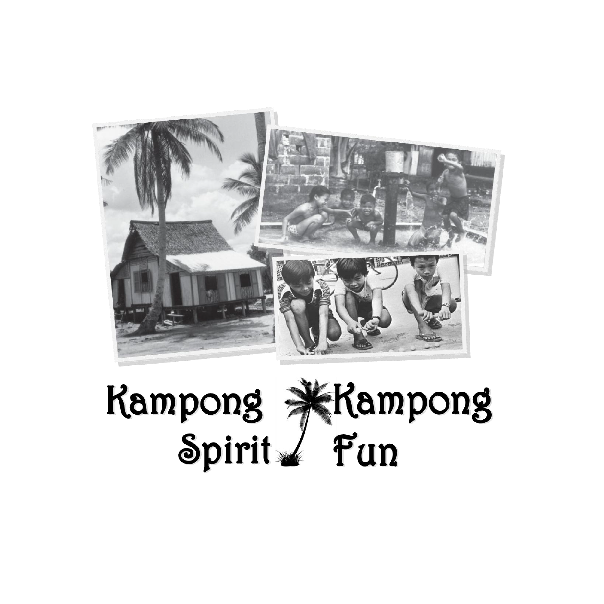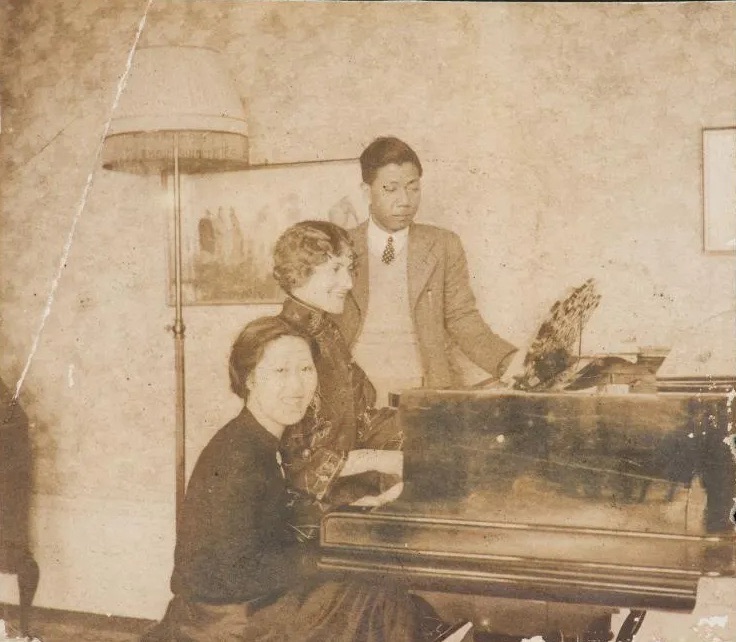This small vessel has a silver-gilded decoration of leaves with an inlaid background of black sulphide. Traditional silverware of Muslim Java share similar characteristics with the silver of the Malay Peninsula. Plates, trays, and small vessels such as this example consists of a vegetal or floral design.Gold and silver has long been used as a means of exchange throughout the archipelago during the Srivijaya (600-1100) and Majapahit (1293-1528) kingdoms. The royal Islamic courts or kraton of Java which succeeded these Indianised kingdoms also had numerous receptacles made of gold and silver at sumptuous events. There was wide use of silver and gold to facilitate trade contacts and to foster relationships with the local population.Metalworking techniques such as repoussé, filigree, engraving, open-work, granulation and inlay work was known to the Indonesian silversmiths. Silverware in the archipelago also reflect the amalmagation of Hindu, Muslim and Chinese influences together with indigenous elements.





